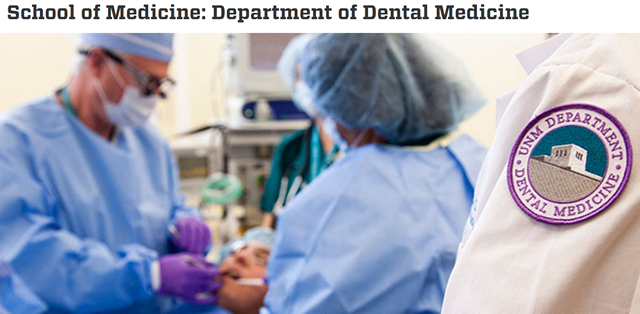
Dental Hygiene ETDs
Publication Date
Spring 4-1-2019
Abstract
Rectangular collimation has proven to reduce the radiation dose to the patient as well as increase image quality. Studies have been conducted in the past to determine whether utilization of rectangular collimation results in a greater retake rate, however, there is a lack of data regarding the amount of rectangular collimation devices that are currently in use. The purpose of this study was to determine to what extent, if any, rectangular collimators are being utilized in dental and dental hygiene programs. A survey was created and sent via email to the program directors of Accredited dental and dental hygiene programs. A total of 97 programs responded to the survey, however 16 of those surveys were not completed. To be included in the data analysis, question number one (which program do you represent, dental or dental hygiene) must have been answered. Eighty-nine responses qualified, of those, 6 were dental programs and 83 were dental hygiene programs. The results determined that the majority of the programs teach about rectangular collimation in the didactic portion of the radiology course, but do not use a rectangular collimation device during patient care.
Degree Name
Dental Hygiene
Level of Degree
Masters
Department Name
Dental Medicine
First Committee Member (Chair)
Lindsey Lee
Second Committee Member
Diana Aboytes
Third Committee Member
Vicki Pizanis
Language
English
Keywords
radiographs, collimation, rectangular collimation, x-rays
Document Type
Thesis
Recommended Citation
Wagner, Elizabeth Ann. "Utilization of Rectangular Collimation in Dental and Dental Hygiene Programs." (2019). https://digitalrepository.unm.edu/dehy_etds/27
